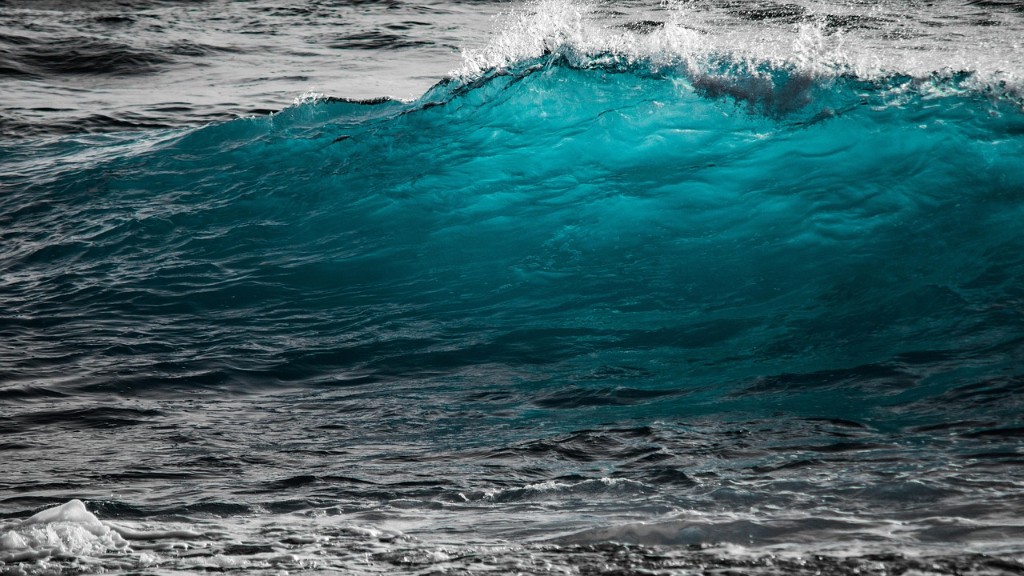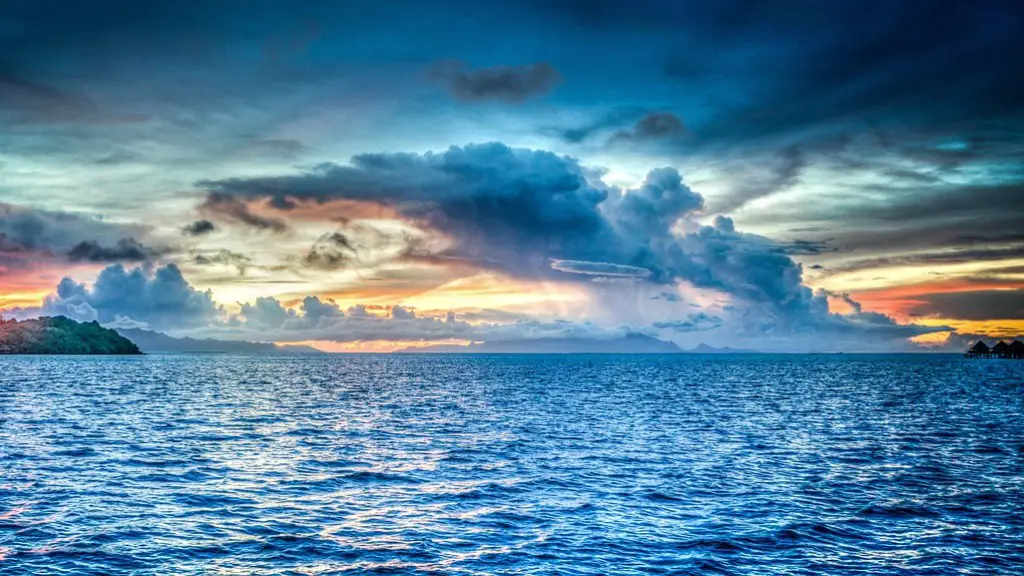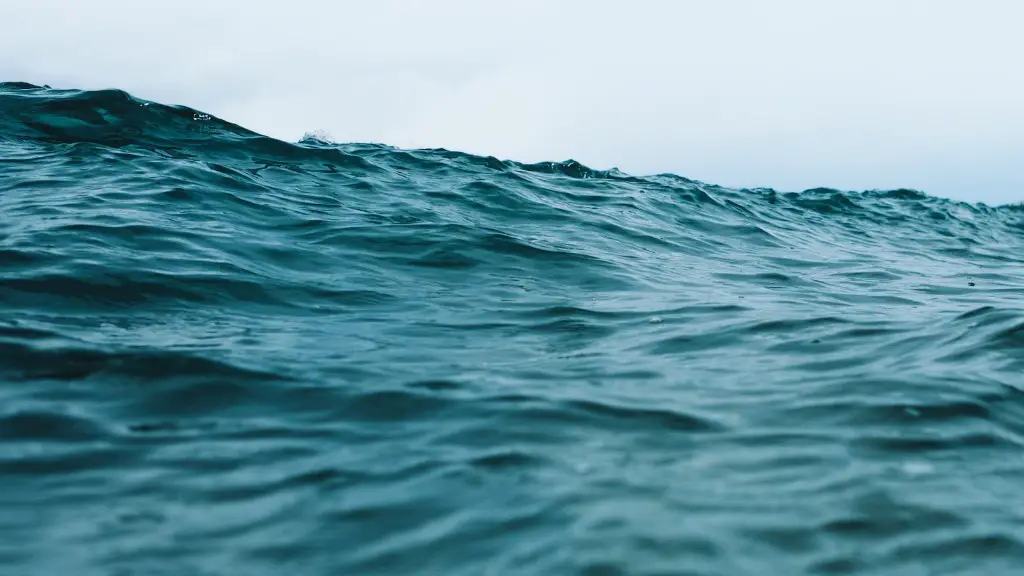Background
The South China Sea is a crucial region in terms of global security, due to its strategic importance in terms of navigational access. China is increasingly asserting its presence in the South China Sea by constructing artificial islands, stationing military forces and installing munitions. This has resulted in escalating tension with many of the other parties surrounding the South China Sea, such as the Philippines, Taiwan, Malaysia and Vietnam.
The United States has been an active partner in the reclamation of the South China Sea, with involvement in the United Nations Convention on the Law of the Sea, as well as the inter-state negotiation process. In particular, the United States has been vocal in its criticism of what it perceives as aggressive posturing by China.
Recent Developments
Recent development in the South China Sea dispute has been spurred on by the current US administration. In a bid to counter China’s growing presence, the United States has increased naval patrols in the region and engaged in diplomatic meetings with countries in the region.
In addition, the United States has been vocal in its criticism of China’s moves in the South China Sea. The US has issued public statements and worked through international organisations to rebuke China’s conduct. Furthermore, the US has applied economic and military pressure, targeting Chinese businesses and vessels in an attempt to disrupt the situation.
Experts Views
Experts in the field have expressed varying views on how to counter China in the South China Sea. Many experts emphasise the need for a multilateral approach, as well as inter-state cooperation. This would involve the US and other nations working together to put pressure on China. Additionally, experts have suggested engaging in economic and trade negotiations with China, in order to resolve the dispute.
Moreover, some experts suggest that a strong stance needs to be taken, in order to deter and challenge China. This would include naval patrols and manoeuvres, as well as diplomatic pressure. The overall aim would be to show that the US and its allies are willing to stand up to China and protect the interests of their countries.
The Philippines Strategy
The Philippines has taken the approach of countering China’s presence in the South China Sea through diplomatic channels. The country has initiated a number of international proceedings, aimed at preventing China from asserting its claims. These proceedings have included the introduction of The Permanent Court of Arbitration and UNCLOS .
Additionally, the Philippines has called on the US and other countries to provide financial and military support in order to counter Chinese moves in the South China Sea. In particular, the country has asked for greater support in the form of investment into infrastructure, and the improvement of coastal surveillance systems.
Proposed Military Response
The United States and its allies have also proposed possible military responses to Chinese activity in the South China Sea. This would involve the deployment of naval vessels and aircraft to the region , in order to demonstrate a presence and deter any Chinese action. Furthermore, military exercises have also been proposed, in order to demonstrate the capability and readiness of coalition forces.
In addition, the US has proposed the installation of anti-ship missiles and other munitions in order to strengthen its presence. This would potentially be a direct confrontation with China, with an aim to deter its advances and assert the US’s position in the region.
Economic Sanctions
Economic sanctions have been proposed as an effective way to limit China’s influence in the South China Sea. This would involve the United States, and potentially its allies, imposing tariffs and sanctions on Chinese businesses and vessels operating in the South China Sea. The aim would be to reduce the profitability of Chinese operations and limit their ability to construct artificial islands or install military forces.
Furthermore, the US has proposed cutting off China’s access to foreign markets, in order to limit its economic activity. This could involve enacting export restrictions on the sale of Chinese goods or barring Chinese vessels from entering certain ports or coastlines.
International Cooperation
International cooperation has been proposed as a potential solution to the dispute in the South China Sea. This would involve the United States and its allies, as well as other countries in the region, engaging in international negotiations and dialogues. This could involve the United Nations and other relevant organisations, in order to attempt to resolve the dispute peacefully and diplomatically.
Furthermore, the US has proposed strengthening international laws and regulations, in order to protect the rights of the countries and citizens of the South China Sea. This could involve the introduction of laws to protect fishermen and coastlines, as well as rules to protect freedom of navigation and maritime rights.
Conclusion
In conclusion, there is no one-size-fits-all approach to counter China’s presence in the South China Sea. The United States and its allies, as well as other countries in the region, will have to employ a multi-faceted approach in order to effectively deter Chinese activities in the region. This could involve diplomatic channels, military interventions, economic sanctions and international cooperation. The ultimate aim should be to find a consensual solution which respects the interests of all parties involved.



